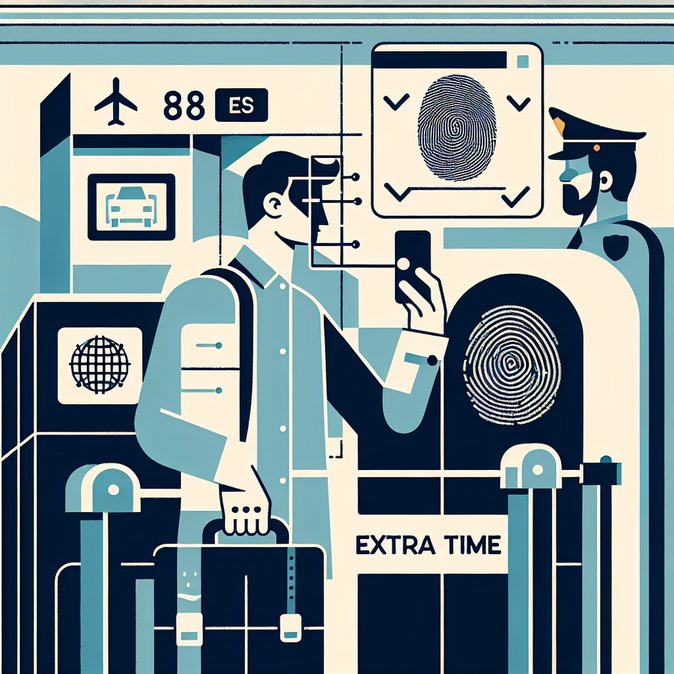
Spain will flip the switch on the European Union’s new Entry/Exit System (EES) at Palma de Mallorca Airport this Wednesday, 19 November, marking the first large leisure gateway in the country to require full biometric enrolment from non-EU travellers.
The EES replaces manual passport stamping with an electronic record of each traveller’s entry and exit, capturing four fingerprints and a facial or iris scan. According to Spain’s Ministry of the Interior, nearly €83 million has been invested in hardware, software and physical re-design of passport halls at eight international airports; Palma’s busy terminals were chosen to launch the tourism-facing phase after earlier pilots at Madrid-Barajas and Menorca.
![Palma de Mallorca becomes Spain’s first holiday hub to activate the EU Entry/Exit biometric border system]()
For business and leisure travellers from the UK, United States and other third countries, the change means a slightly longer first-time processing (estimated two-to-four minutes per person) followed by faster automated e-gates on subsequent visits. Airlines have been told to warn passengers to allow extra time during the initial bedding-in period; AENA and the National Police have drafted in 120 temporary staff to manage queues and troubleshoot self-service kiosks.
The launch is also a stress test for Spanish tourism infrastructure. Palma handled 30 million passengers last year—70 % of them foreign—so any operational bottlenecks will offer lessons ahead of the Easter 2026 deadline when EES must be live at every Spanish port, airport and land frontier (including Gibraltar). Industry bodies such as the Spanish Confederation of Hotels (CEHAT) and the Global Business Travel Association (GBTA) say the digital border can ultimately shorten wait times and improve security, but warn that inconsistent roll-outs across Europe could confuse travellers and complicate duty-of-care obligations for corporates this winter.
Practical tip: Travellers who have residence cards or long-stay visas are exempt from EES, but must use staffed booths. Non-EU passengers connecting domestically after Palma should factor in the extra time when booking onward flights; missed connections will not automatically qualify for EU261 compensation because the delay occurs at immigration, not at the airline’s check-in.
The EES replaces manual passport stamping with an electronic record of each traveller’s entry and exit, capturing four fingerprints and a facial or iris scan. According to Spain’s Ministry of the Interior, nearly €83 million has been invested in hardware, software and physical re-design of passport halls at eight international airports; Palma’s busy terminals were chosen to launch the tourism-facing phase after earlier pilots at Madrid-Barajas and Menorca.

For business and leisure travellers from the UK, United States and other third countries, the change means a slightly longer first-time processing (estimated two-to-four minutes per person) followed by faster automated e-gates on subsequent visits. Airlines have been told to warn passengers to allow extra time during the initial bedding-in period; AENA and the National Police have drafted in 120 temporary staff to manage queues and troubleshoot self-service kiosks.
The launch is also a stress test for Spanish tourism infrastructure. Palma handled 30 million passengers last year—70 % of them foreign—so any operational bottlenecks will offer lessons ahead of the Easter 2026 deadline when EES must be live at every Spanish port, airport and land frontier (including Gibraltar). Industry bodies such as the Spanish Confederation of Hotels (CEHAT) and the Global Business Travel Association (GBTA) say the digital border can ultimately shorten wait times and improve security, but warn that inconsistent roll-outs across Europe could confuse travellers and complicate duty-of-care obligations for corporates this winter.
Practical tip: Travellers who have residence cards or long-stay visas are exempt from EES, but must use staffed booths. Non-EU passengers connecting domestically after Palma should factor in the extra time when booking onward flights; missed connections will not automatically qualify for EU261 compensation because the delay occurs at immigration, not at the airline’s check-in.






